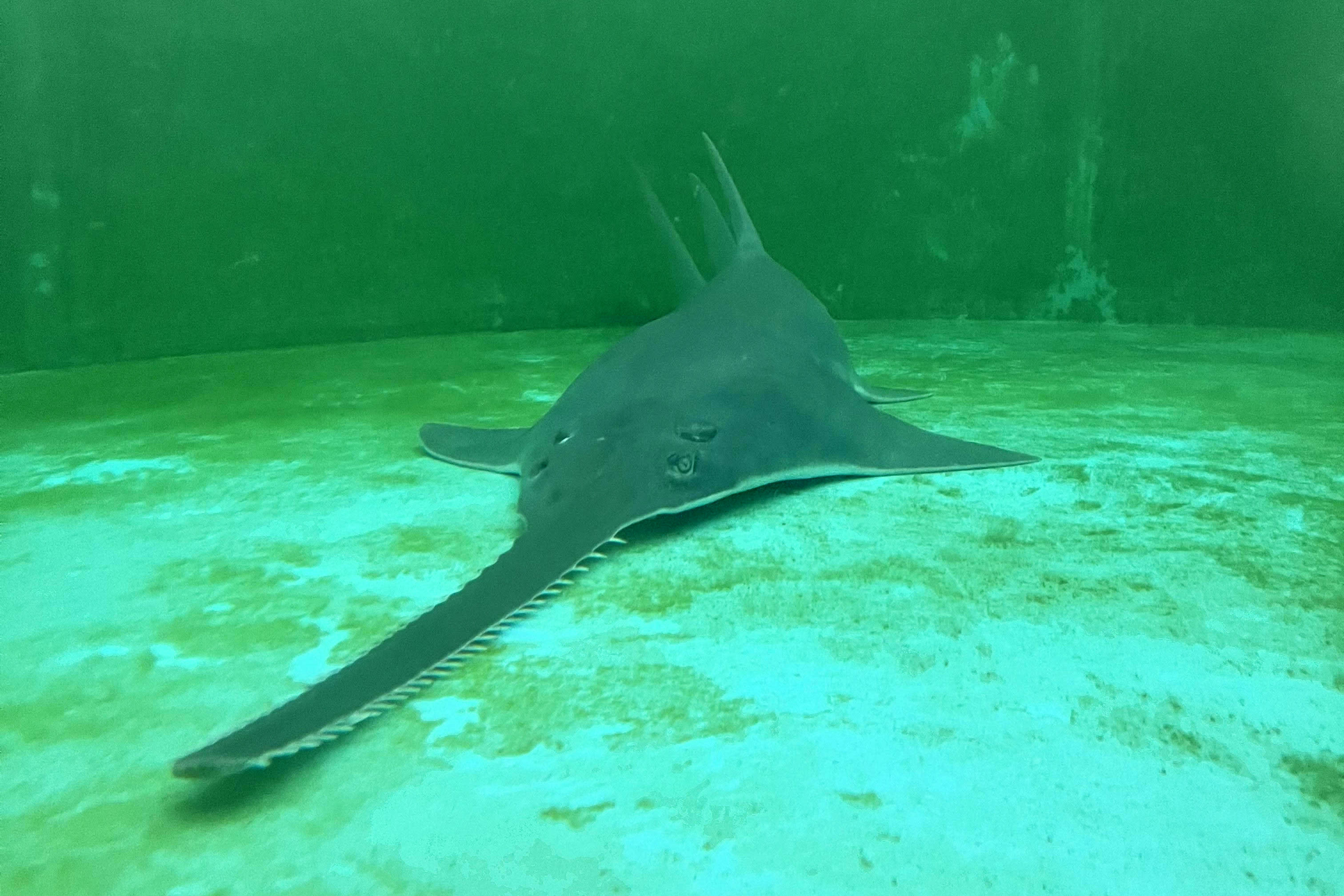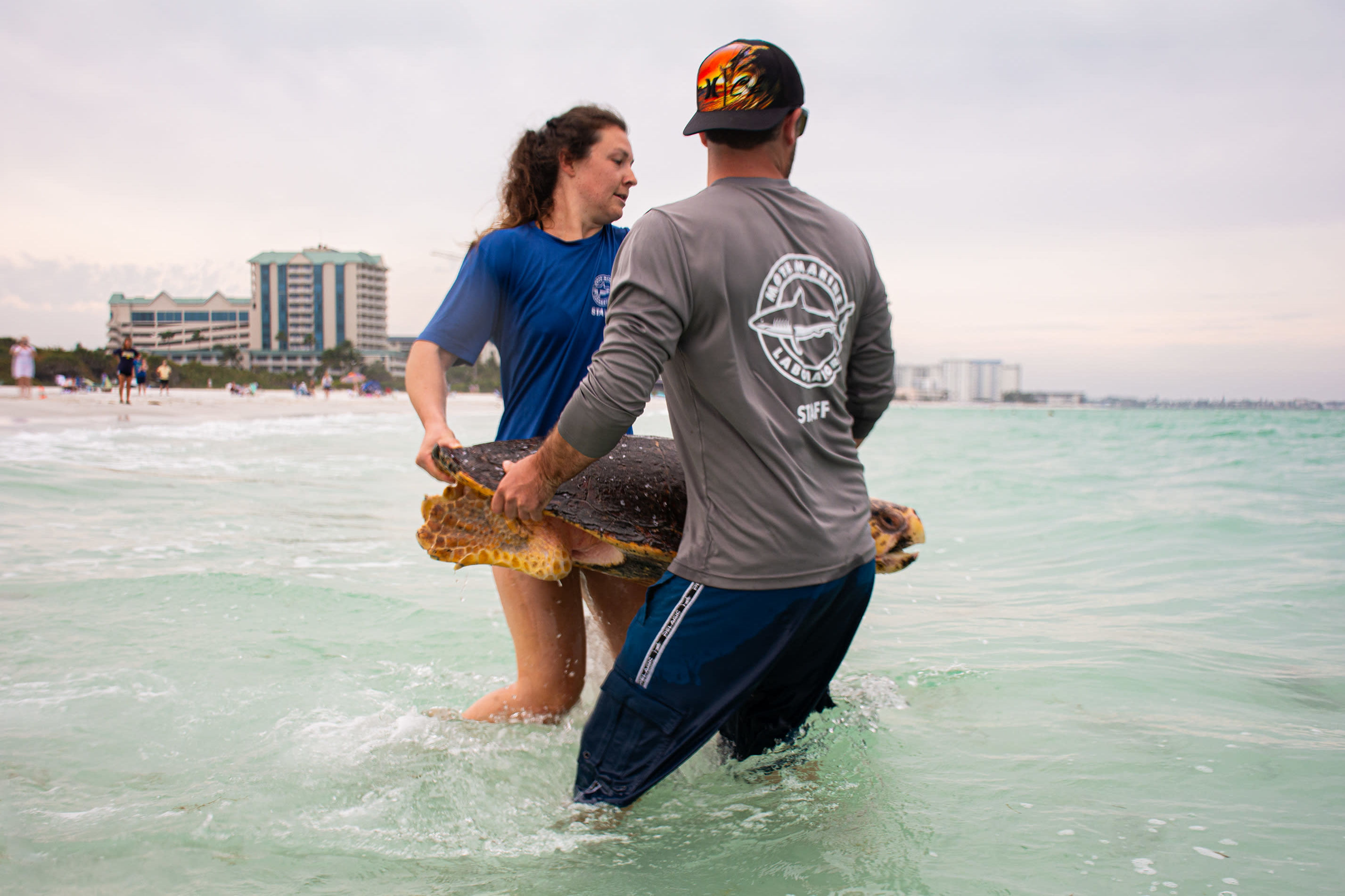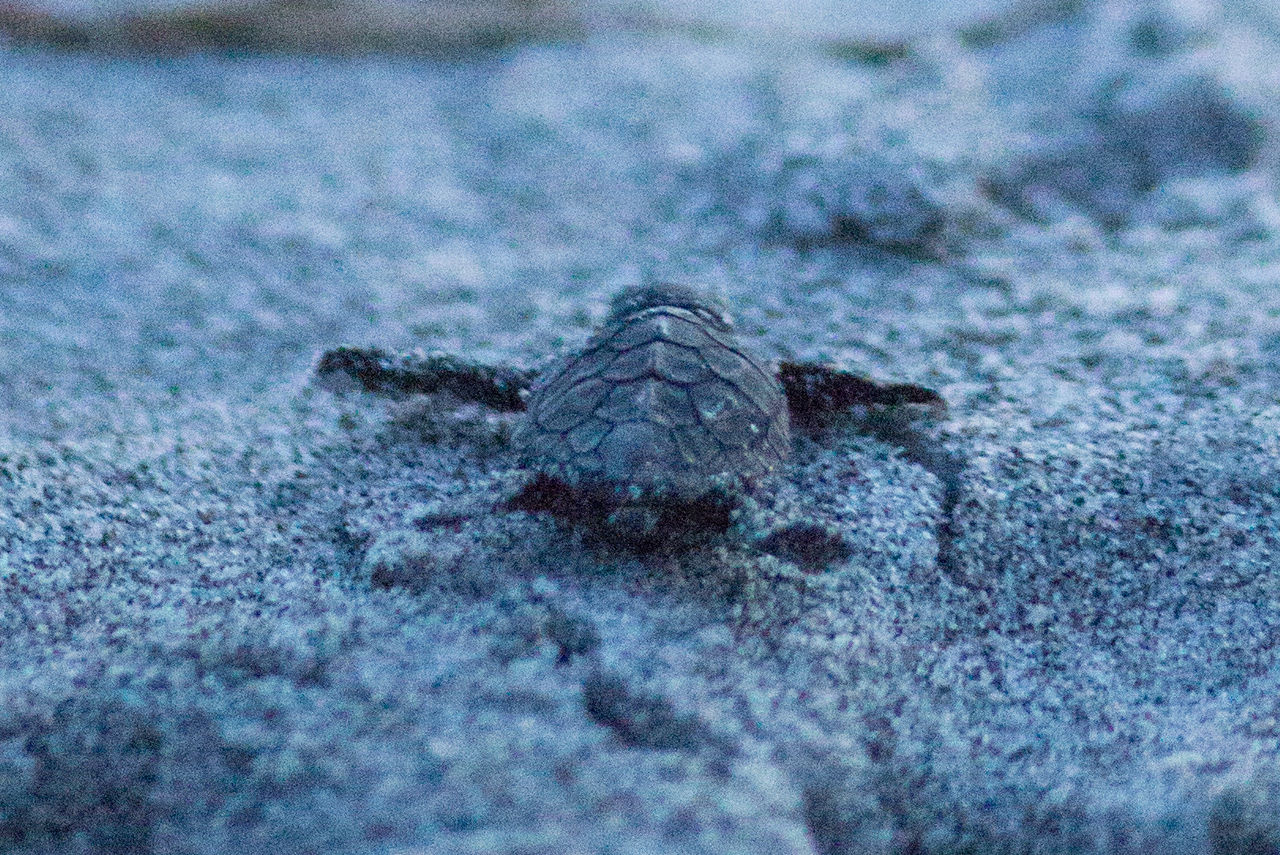Expert Says No Cure for Red Tide
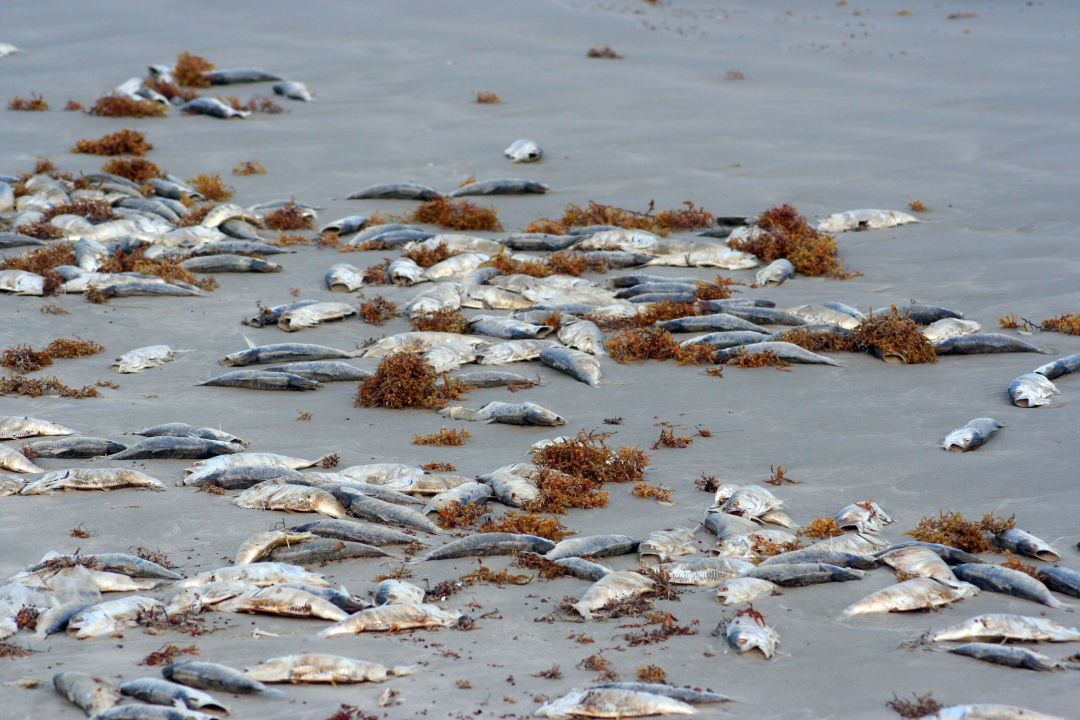
Fish kill from red tide.
Image: Shutterstock
The big takeaway from Monday night’s lecture about red tide by longtime Mote Marine Laboratory researcher Dr. Richard Pierce? Scientists can’t get rid of red tide—nor are they trying to.
“It’s part of the natural ecosystem,” explained Pierce. And it has been for as long as humans can remember. In 1564, Spanish explorers off Sarasota’s coast recorded outbreaks of coughing and respiratory distress in their ships’ logs, and Indians told them about periodic giant fish kills. Patches of microscopic marine algae—Karenia brevis—that cause red tide are always floating somewhere in the Gulf; periodically, they proliferate, or “bloom,” releasing toxins that kill fish, marine mammals and birds and can cause distress in humans.
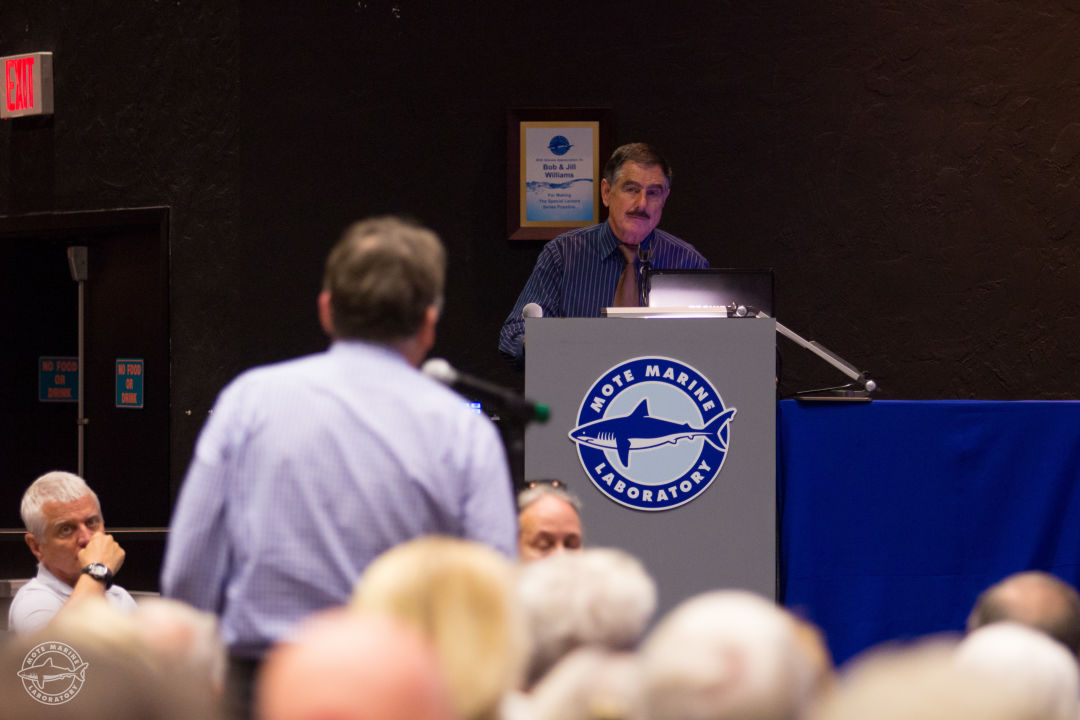
Dr. Richard Pierce at Monday's talk about red tide.
Although many people mistakenly believe coastal pollution is responsible for outbreaks, Pierce says that red tide usually arises 20 to 40 miles offshore, far away from the coast. At best, the nutrients in polluted water may accelerate an outbreak’s growth.
Even if scientists could come up with some magic bullet to kill the algae that causes red tide—and it would have to be a seriously magic bullet that did no harm to the Gulf’s vast and complex ecosystem—applying it would be impossible. “The Gulf is a big place,” says Pierce. He recounts how a colleague estimated that if it would take five minutes to cover a football field-sized area of water with a chemical of some sort, it would take 200 days just to cover Sarasota Bay.
Pierce and his colleagues are looking at some possible ways to control and mitigate red tide in very localized areas. But mainly they are focusing on studying red tide and finding and monitoring outbreaks. Their goal is to learn to predict its movements and alleviate its effects. To that end, they have initiated a beach monitoring program for 27 different beaches, purchased two mini-submarine-like unmanned vehicles that search for red tide, and started a citizen monitoring program. They’re currently investing about $1.5 million a year, about half of that from state grants, in their work.
Scientific research can lead to unexpected knowledge and unforeseen applications, so surprising discoveries may await Mote’s researchers. But for now, their best advice to us remains what it’s always been—to avoid the effects of red tide, stay away from the water during outbreaks.
